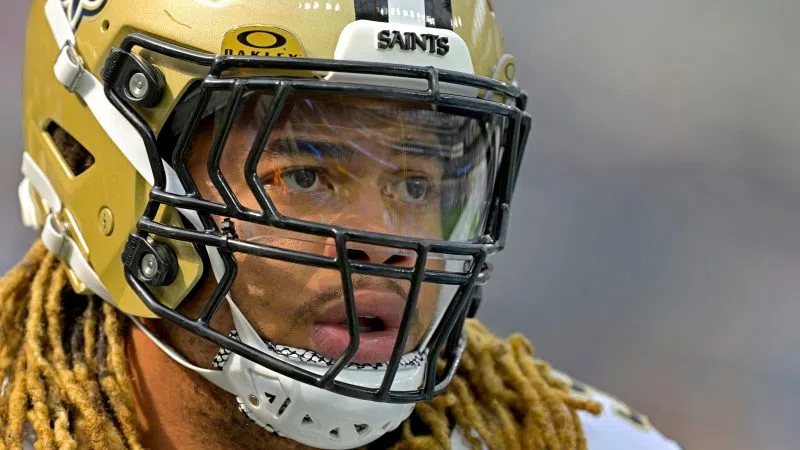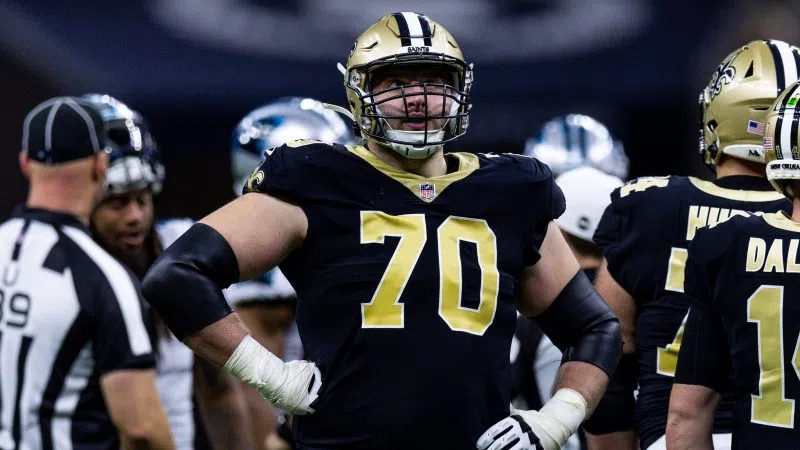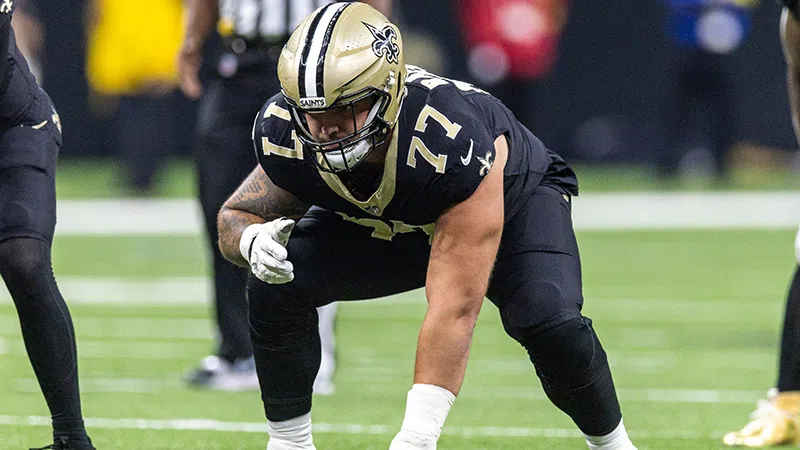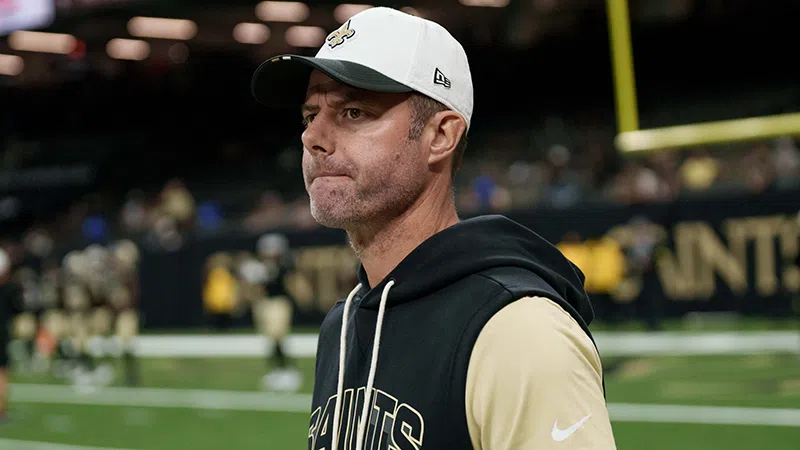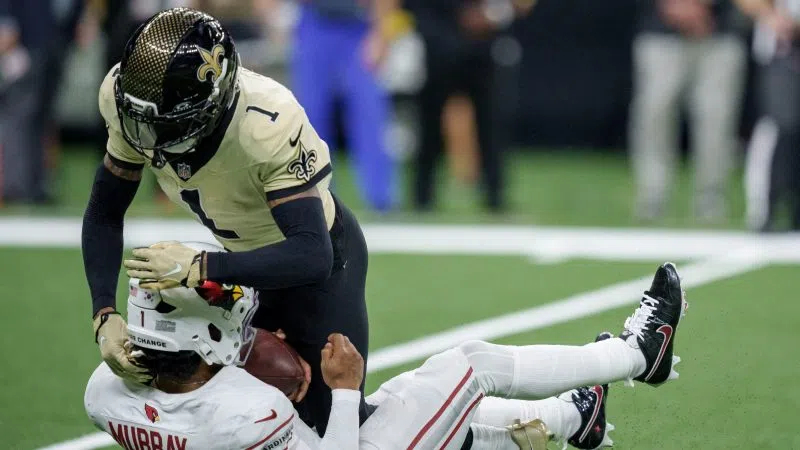
Stephen Lew-Imagn Images
By Ross Jackson
Much like the getting off of the field on third downs has become a focal point for the New Orleans Saints defense, an effective run game is becoming the most important growth area for the offense.
So far, throughout two games, the Saints are a respectable No. 14 in the league in rushing yards. They’ve achieved that ranking by averaging a perfectly respectable 4.4 yards per carry, also good for No. 14 in the NFL, tied with two teams.
While the rushing stats aren’t concerning at face value, viewers of the Saints’ first two games may notice the lack of chunk runs or explosive opportunities being generated in the rushing attack thus far. It’s a particularly unusual circumstance considering head coach Kellen Moore’s usual success with this area of the game.
In diving deeper, it becomes clear why the Saints’ run game hasn’t gotten off the ground the way that they’d like. Looking at the numbers, blocking up front seems to be an issue.
Star running back Alvin Kamara has faced the most light boxes in the NFL with 73.1%. Despite that, the back has been contacted in the backfield on 13 of his carries with six or fewer defenders in the box, per Next Gen Stats. Those 13 backfield contact plays are the most for any running back in the NFL when facing light boxes.
Going beyond Kamara and looking at the run game as a whole, the Saints’ offensive line is credited with creating just 0.52 yards before contact per rush, No. 27 in the league.
How can this be when Kamara nearly eclipsed 100 yards on the ground against the San Francisco 49ers in Week 2 while the team is above the league average in rushing yards? Next Gen Stats also has that answer: yards after contact.
Right now, Saints rushers average 3.86 yards after contact per rush, No. 6 in the NFL. The backs are carrying the load while the offensive line settles in and navigates injury. This is a massive change of pace for New Orleans who, in recent years, have not been the strongest yards after contact team.
- 2025: 3.86 (No. 6)
- 2024: 2.95 (T-No. 18)
- 2023: 2.57 (No. 29)
- 2022: 3.11 (No. 13)
- 2021: 3.01 (No. 18
- 2020: 2.78 (T-No. 20)
- 2019: 3.08 (No. 10)
Something Moore has done is help these backs create their own yardage while the offensive line gets adjusted to the new scheme and gets healthy. So far it’s working, but the amount of contact behind the line of scrimmage is not sustainable and won’t keep the run game alive for long. The upcoming matchup with the Seattle Seahawks will provide quite the test in handling this thanks to the impact of the Seahawks’ interior defensive line.

More New Orleans Saints
